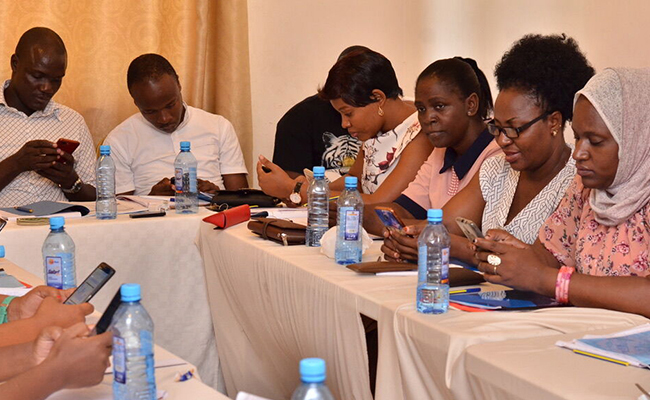
While many team-building sessions incorporate recreational activities, it’s important to understand that recreation serves as a tool rather than the ultimate goal. The purpose of team building goes beyond mere enjoyment; it is not simply about having fun, which would be categorized as team recreation.
Team-building programs have often been misunderstood and misused, leading some companies to view them as wasteful endeavours. Your company may have even stopped investing in such activities, considering them ineffective and a waste of resources. However, true team building goes beyond mere recreational activities. It should address key team dynamics that are essential for fostering collaboration and productivity. True Team-building seeks to address the Five Dysfunctions of a Team According to Patrick Lencioni.
Before we look at these team dynamics, let’s draw some distinctions between true team building and recreational activities:
True team building:
- Focuses on enhancing specific team dynamics, such as communication, collaboration, leadership, and problem-solving skills, with the ultimate goal of improving team effectiveness and productivity.
- Is designed to target and improve team dynamics, involving structured exercises, simulations, and discussions tailored to address these areas.
- Incorporates structured learning experiences facilitated by trained professionals. These activities are designed to provide opportunities for reflection, skill development, and meaningful interaction among team members.
- Aims to create lasting changes in team dynamics and behaviour, leading to improved collaboration, communication, and overall performance over the long term.
Recreational activities:
- Primarily aims to provide entertainment, relaxation, or enjoyment for participants. While they may promote team bonding to some extent, their main purpose is not to address specific team dynamics or improve performance.
- Are generally less focused on enhancing team dynamics and more on providing leisure and enjoyment. They may involve activities like sports, games, or outings that offer relaxation and fun without necessarily targeting specific teamwork skills.
- While they may promote camaraderie and bonding through shared experiences, they do not necessarily include intentional learning or skill development components.
- May foster temporary camaraderie and team spirit, but their impact on long-term team effectiveness and productivity may be limited, especially if they are not accompanied by intentional efforts to address underlying team dynamics.
Here are the seven-team dynamics that a proper team-building program should aim to tackle:
- Communication: Effective communication is the cornerstone of any successful team. Team-building activities should encourage open and clear communication among team members, helping them understand the importance of sharing ideas, providing feedback, and keeping everyone informed.
- Collaboration: Team building should promote a collaborative mindset, emphasizing the value of working together towards common goals. Activities should encourage teamwork, cooperation, and mutual support among team members.
- Roles and Responsibilities: A clear understanding of roles and responsibilities is vital for team effectiveness. Team-building exercises should help clarify individual roles within the team and highlight the importance of everyone contributing their unique skills and expertise.
- Leadership: Leadership plays a crucial role in guiding and motivating a team. Team-building programs should provide opportunities for emerging leaders to showcase their abilities and for existing leaders to refine their skills. Additionally, activities should promote shared leadership and encourage every team member to take initiative when needed.
- Decision-Making: Effective decision-making is essential for progress. Team-building exercises should simulate decision-making scenarios, encouraging team members to consider different perspectives, weigh options, and reach consensus. This helps develop decision-making skills and fosters a culture of accountability and ownership.
- Conflict Resolution: Conflicts are inevitable in any team environment, but how they are managed can make a significant difference. Team-building activities should address conflict resolution strategies, teaching team members how to address issues constructively, listen actively, and find mutually beneficial solutions.
- Trust and Cohesion: Building trust and fostering cohesion among team members is essential for a healthy team dynamic. Team-building programs should incorporate activities that promote trust-building exercises, encourage vulnerability, and strengthen bonds among team members.
Effective team building goes beyond superficial activities. It requires a thoughtful approach that addresses core team dynamics. Outdoor exercises can be valuable components of a team-building program, but they must be accompanied by a clear roadmap for addressing these dynamics. Otherwise, they risk becoming mere recreational outings rather than meaningful efforts to improve team performance.






